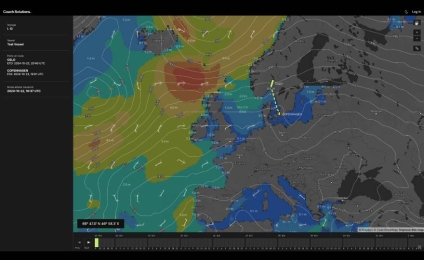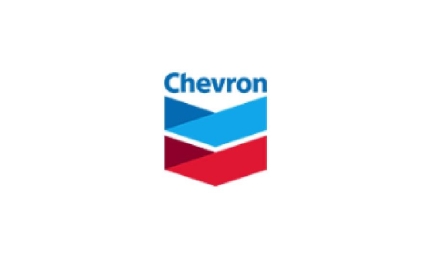New HORIZON Monthly report shows freight rates remain high, blanked sailings have hit charter markets and coming quarters continue to hold risk.
Containership markets are exhibiting contradictory signals as the global economy continues its tentative emergence from lockdown. In the first of its new HORIZON Monthly reports, Maritime Strategies International analyses the forces at play in freight and charter markets as well as the impact of global policy on demand.
On nearly all trade lanes, the container industry appears to be ‘past the worst’ in terms of demand impact, with little evidence that liner companies are deviating from a course of swiftly and aggressively removing capacity where this is deemed appropriate.
Such capacity decisions will be challenging as the world emerges from lockdown; with a handful of exceptions freight markets remain healthy while with no exceptions timecharter earnings are weak.
“We see little reason to expect a notable decrease in freight rates in the near-term; the spike in Transpacific spot rates is likely a temporary phenomenon, but along those lines it seems liner companies are more likely to under- than over-estimate volumes across different trade lanes,” says MSI Container market analyst Daniel Richards. ”Market share-grabbing strategies by individual lines do remain a source of risk, but the evidence of the crisis so far suggests under-cutting activity is not an attractive strategy for the major liner companies.”
However, liner company austerity has driven an increase in the number of off-hire, idled vessels (in addition to vessels tied up in repair yards), and over the past month this has finally had the expected impact on vessel earnings. While market levels as of mid-June likely represent a ‘trough’ for most benchmarks, the road to recovery will be slow over the second half.
“In certain and subtle respects, the coming quarters pose greater uncertainty than recent months; compared to the obvious implications of lockdowns the speed at which economies and volumes can recover in the near future is far less clear,” adds Richards. “While there are some positive initial signals from the US in terms of consumer spending (albeit tempered by the growing number of COVID-19), we expect non-mainlane importing regions will face ongoing economic pressure and in the near-term, intra-Asia volumes are likely to ‘lead’ in a wider recovery.”
The industry supply-side has also shown increased signs of life: vessel deliveries, above all to HMM, remain relatively brisk and the reopening of ISC shipbreakers has driven an increase in scrapping and demolition volumes in H2 2020 which will far exceed H1 2020 activity. Secondhand prices, on the other hand, likely have further to fall with next-to-no sales and little movement in broker timeseries, but as sales volumes increase in H2 2020 we expect sale values will fall for both ‘forced’ and ‘unforced’ transactions.











